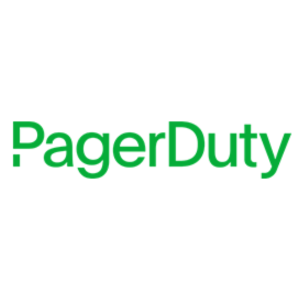Insights
INSIGHTS
All Topics
My Account
How to integrate ESG into your operations
16 Sep 2024by Christine Chiu
We explore how you can ensure all processes are up to ESG standards
Charities need to move beyond simply understanding environmental, social, and governance (ESG) policies and practices. The time for implementation has arrived. With that in mind, we explore how you can integrate your ESG practices into day-to-day operations.
Where to start with ESG
You need to know the difference between ESG and broader sustainability practices.
ESG practices are specific behaviours that you should follow. As an example, to measure good governance, charities could track the number of BAME or women on their Board of Directors.
Sustainability, while linked, is broader than ESG. The concept revolves around how an organisation can reduce overall impact while positively benefiting people and planet.
At Charity Digital, we align with the United Nations definition of sustainability behaviours and goals by “meeting the needs of the present without compromising the ability of future generations to meet their own needs”.
Linking ESG and sustainability into processes is not easy, but there is help.
The ESG and sustainability metrics that matter
Beginning the organisational journey with sustainability frames ESG. Sustainability is about planning for the future. ESG is how to get there.
ESG strategy starts with conducting a materiality assessment. This evaluation identifies what elements actually touch a charity. The outputs are as unique as every operation is different.
ESG KPIs should emerge that are material and relevant. Many charities adopt emissions outputs, energy consumption, board composition, and diversity, equality, and inclusion (DEI) initiatives as part of the package.
Then comes baselining: understanding how measures are compared with ambitions.
Integrating ESG across finance
There are many ways to integrate ESG across organisations but for ease, we focus on two areas: finance and operations.
Financial decision-making is where considerations takes shape. For those with funds to deploy, the ESG policy helps govern how investments are evaluated.
The CFO is a driving force in ESG decision making. As the controller of spend, the first duty is to ensure that the goals are aligned with financing decisions and activities. Controllers may then allocate budget or decide on an approach to achieve goals.
Over the past few years, Church Commissioners of England have proven the point. As part of the investment portfolio, the group had bought shares in oil majors, including British Petroleum. Upon implementing new policy, however, the trust divested from these companies due to climate concerns and public pressures.
These new decisions are summarised in ethical investing policies which many charities have, including Charities Aid Foundation, Stroke Association UK, and others.
Threading ESG into operations
For a holistic approach, taking account of ESG and sustainability in everyday operations follows the same process. The actions for change fall across energy and supply chain.
Energy saving initiatives are the backbone of reducing emissions. Charities who are greening their offices should switch to renewable energy providers and start reducing consumption. Timing lights, screens, heating and cooling are small actions which have an overall impact.
Procurement policies set a high-bar for charities looking at external providers for everything from pens to services. Certified products give comfort that goods like paper, cloth, and foodstuffs have origins that are free of human rights issues and are environmentally sound.
Platforms to measure progress
To supercharge ESG and sustainability across all areas, platforms can take ambitions and map out progress. Speeki is a sustainability management system, akin to those used for finance, accounting and learning. The premise is simple – it looks at different accounting frameworks that have incorporated ESG and sustainability KPIs.
Then, it helps organisations track each ambition against that thinking. Common systems are included: TCFD, GRI, CSRD and IFRS. This type of framework alignment is best for charities who have close relationships with listed-companies or who want globally recognised qualifications.
Sage Earth UK is a complementary choice using the same-branded accounting software. The platform helps organisations reach net-zero goals and measures Scope 1, 2, and 3 emissions. There’s an easy-to-understand dashboard THAT shows all the ways emissions are generated across charity functions. For most, it is cost effective: plans start at £9 per month.
Summarily the benefits for charities is the power of organised data. Most tools out there allow for controllers to extract impact and start working on improvements immediately.
Talking about ESG
Communicating to board members, stakeholders, and audiences is still top of mind when integrating ESG. Whether standalone, as an impact report or part of annual results, take pride in the hard work.
Our top tip when integrating ESG is to collect stories around the journey. The numbers are critical but so are the experiences from staff, audiences, and beneficiaries. Include those in the impact report and on social media to let others know of the progress.
More on this topic
Recommended Products
Recommended Products
Featured Products
Our Events
Charity Digital Academy
Our courses aim, in just three hours, to enhance soft skills and hard skills, boost your knowledge of finance and artificial intelligence, and supercharge your digital capabilities. Check out some of the incredible options by clicking here.


















